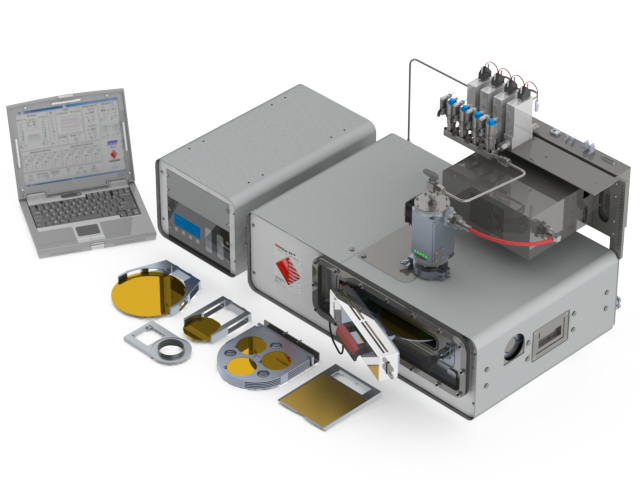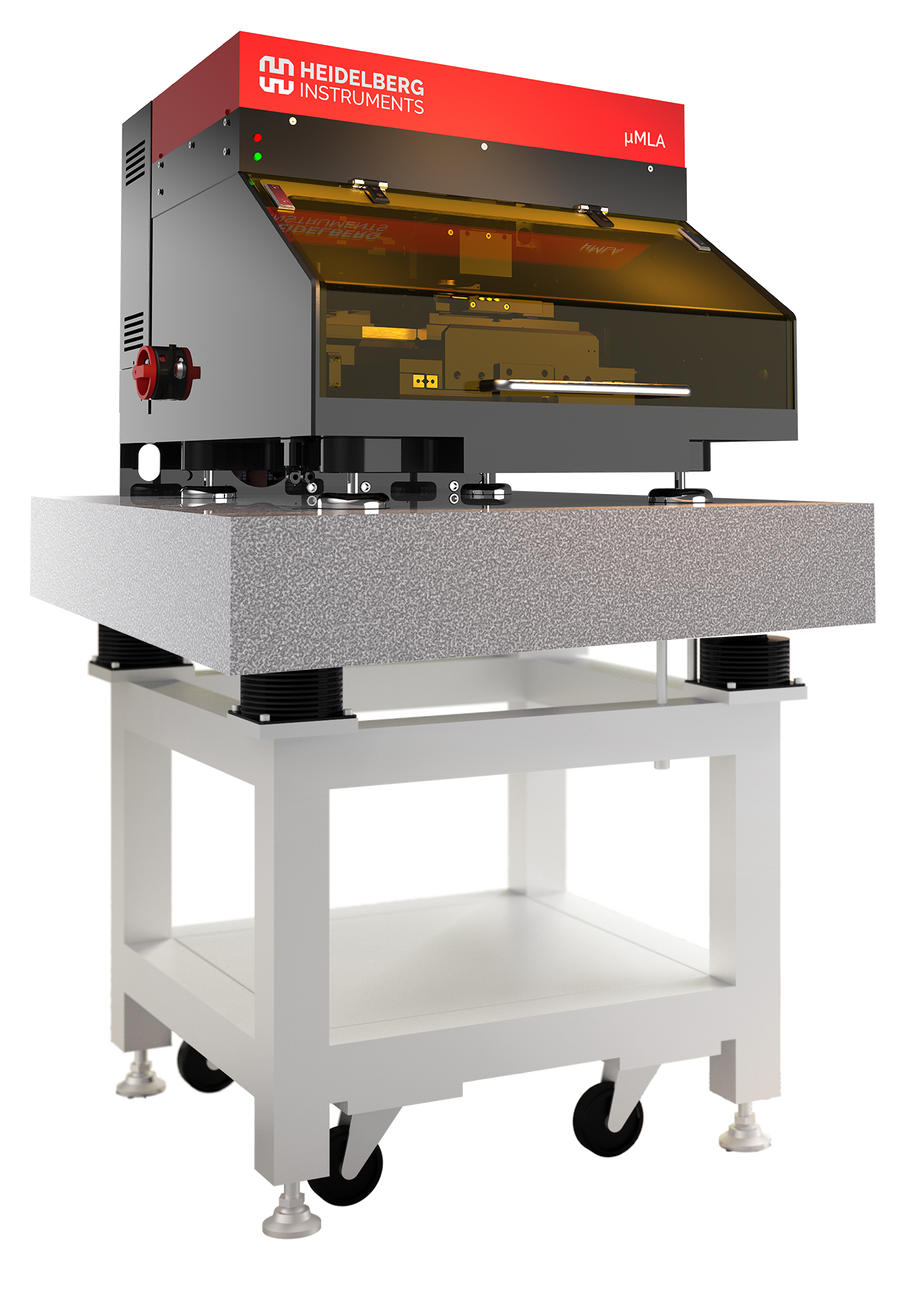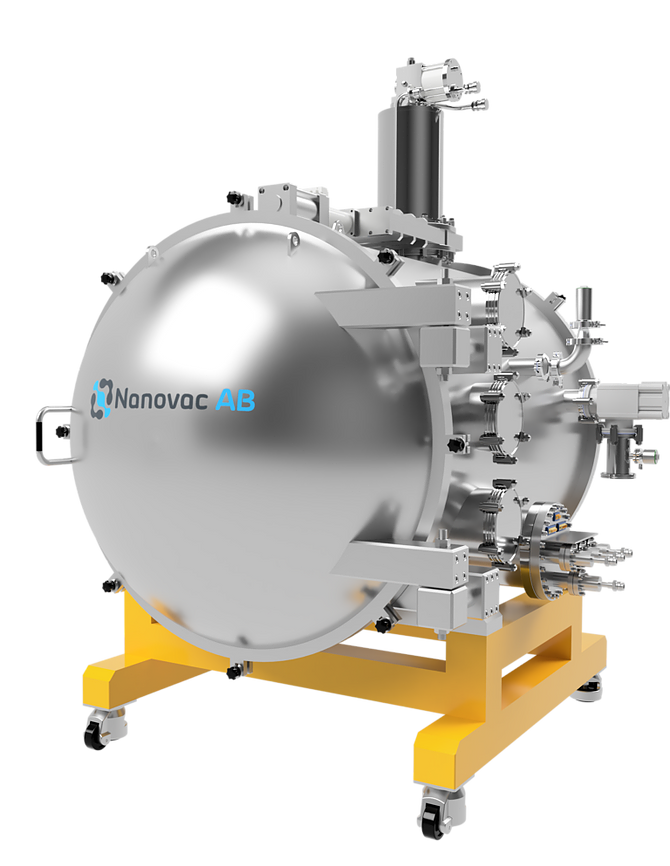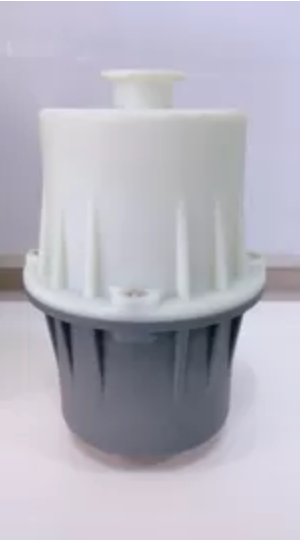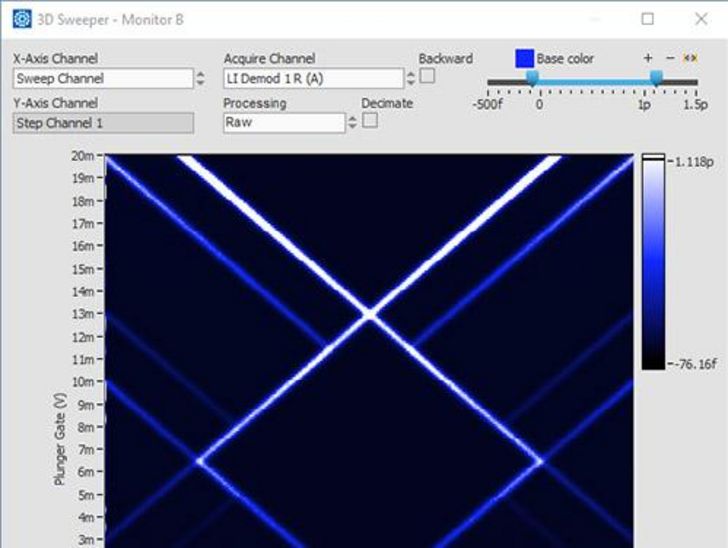Nanonis Tramea
The revolutionary approach to quantum transport measurements
The Nanonis Tramea™ quantum transport measurement system offers a novel and superior approach to transport measurements. It provides a measurement speed increase of up to 1000x compared to conventional acquisition systems, superior performance in a smaller footprint, plenty of signals and a powerful and customizable user interface for today’s and tomorrow’s most sophisticated scientific research.
With high-resolution AD/DA conversion, signal conditioning and fast signal processing, Nanonis Tramea™ is a full replacement for the traditional measurement rack. But it is also more than just a higher-performance and higher-speed replacement for DC sources, lock-in amplifiers, multimeters, oscilloscopes and other instruments: Nanonis Tramea™ is a complete measurement platform, providing advanced data optimization algorithms, a high degree of customization, and a powerful framework that can be further adapted and extended with a wide range of add-on modules.
Nanonis Tramea Base Configuration
The Nanonis Tramea™ base configuration provides all elements required for performing high-speed DC transport measurements: 8 precision, high-speed DC sources, 8 precision analog inputs, a full-featured software solution for data generation and acquisition and a powerful generic API.
All signal conditioning, FPGA and real-time signal processing are also included in the base configuration, which offers a complete framework that can be adapted and extended with a wide range of add-on modules.

Highlights:
- Up to 1000x faster than conventional measurement solutions
- Fully integrated digital system: Avoid complex wiring
- All-in-one solution with user-friendly signal handling
- Advanced data oversampling methods
- Integrated safety measures: Avoid damaged samples
Nanonis Tramea: Instrument Concept
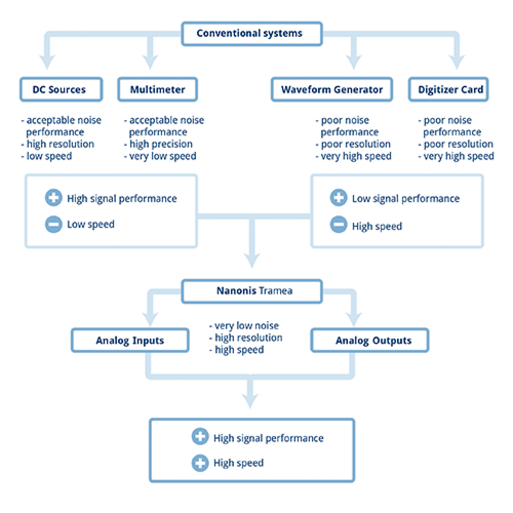
Speed and Performance
The concept behind the Nanonis Tramea™ quantum transport measurement system is a major advancement compared to the technology used in most conventional acquisition systems. Some of the most important differences are:
- FPGA and real-time data generation and acquisition: Measurements run on an FPGA or a dedicated CPU which guarantee much faster speed and perfectly constant point spacing, in contrast to slow point-by-point data acquisition
- Increased performance with FPGA-based data processing: Instruments like lock-ins, function generators and oscilloscopes are implemented in the FPGA hardware. They are not only more flexible than conventional "boxed" hardware but also allow more advanced signal processing and better signal performance
- No low-speed buses for measurement control: Conventional systems have to rely on slow data buses like GPIB or RS-232 for instrument control due to their architecture based on multiple single-purpose boxes. These slow techniques are no longer needed since data acquisition runs on a real-time system inside a single instrument.
- Separated data acquisition and data storage: Data storage and display on the measurement PC are independent from the actual measurement. The PC is no longer slowing down or influencing measurements.
- Integrated digital architecture: The integration of all functions into one platform with purely digital signal processing eliminates the need of analog signal routing and complex wiring. Operations between signals can be done much faster, in a user-friendly fashion and without risk of sample damage
- Scalable architecture: The concept and workflow do not change if the number of signals is increased or the application requires new measurement techniques. This means immediate productivity and the ability to grow with the experimental requirements without any drawback
- Dedicated state of the art hardware: The hardware delivers superior performance for quantum transport measurements since it was designed with exactly this application in mind. It uses the best components available for the application. It is not limited by requirements asking for general-purpose use.
Performance Highlights
The Nanonis Tramea™ hardware delivers stunning signal performance which was previously unthinkable for a similar multi-channel package. It offers high resolution, high precision, low noise, low drift, the highest DC and AC performance and multiple-channel functionality within a single package. This level of signal quality is only possible by combining no-compromise electronic design, meticulous component selection and advanced signal processing.
- Lower output noise than most dedicated DC sources
- Up to 48 outputs
- High-resolution DA conversion: true-20-bit analog outputs, 22-bit with hrDAC
- High resolution AD-conversion: Up to 22-bit
- 120 dB dynamic range
- Lock-ins with over 100 dB dynamic reserve
- Temperature stabilized for lowest drift
Learn more about Nanonis Tramea's stunning signal performance
Software Highlights
The software is the instrument! Find out how the Nanonis Tramea™ software can respond to the highest demands in quantum transport measurements.
The Nanonis Tramea™ software provides a superior integrated framework with impressive embedded functionality. Yet, it is easily expandable for customized experiments using either the existing add-on modules or user-programmed functions.
Based on more than 30 man-years of development and with an excellent track record for reliability, the Tramea™ software can significantly increase day-to-day productivity and efficiency.
- Fully asynchronous multi-tasking user interface
- Software instruments instead of hardware boxes for more performance, flexibility and upgradeability
- Very high speed data generation and acquisition
- Oscilloscopes, spectrum analyzers, data loggers, charts and graphs
- Easy customization through various programming options
For more features and details, please visit the dedicated Nanonis Tramea™ software page
Add-on modules
A series of hardware and software add-on modules is offered to extend the functionality of the Nanonis Tramea™ base configuration. Add new capabilities and optimize your measurement system to meet your individual needs.
Examples:
- One or two additional TSC increase the number of input and output channels to 16 and 24 resp.
- One or two additional TSO increase the number of output channel by 16 each, up to a maximum configuration with 48 output channels (two TSO combined with two TSC).
- Lock-in modules can add up to 8 independent dual-phase lock-ins
Please head to the Nanonis Tramea add-on page for a full list of add-on modules
Contact us if you have any requirement for specialized measurement modules, we are happy to discuss your needs and find a solution with you.
Quantum dot simulator
The quantum dot simulator lets you explore the complete Nanonis Tramea™ measurement system as if it were connected to a real quantum dot. It includes the full feature set of the software.
- Learn the operation of the software by setting up a stability diagram measurement
- Test the functionality of various software modules including Lock-ins, graphs and sweepers
- Verify the correct functioning of measurement routines written in the Programming Interface, the scripting module or the TCP interface
Components
Software


